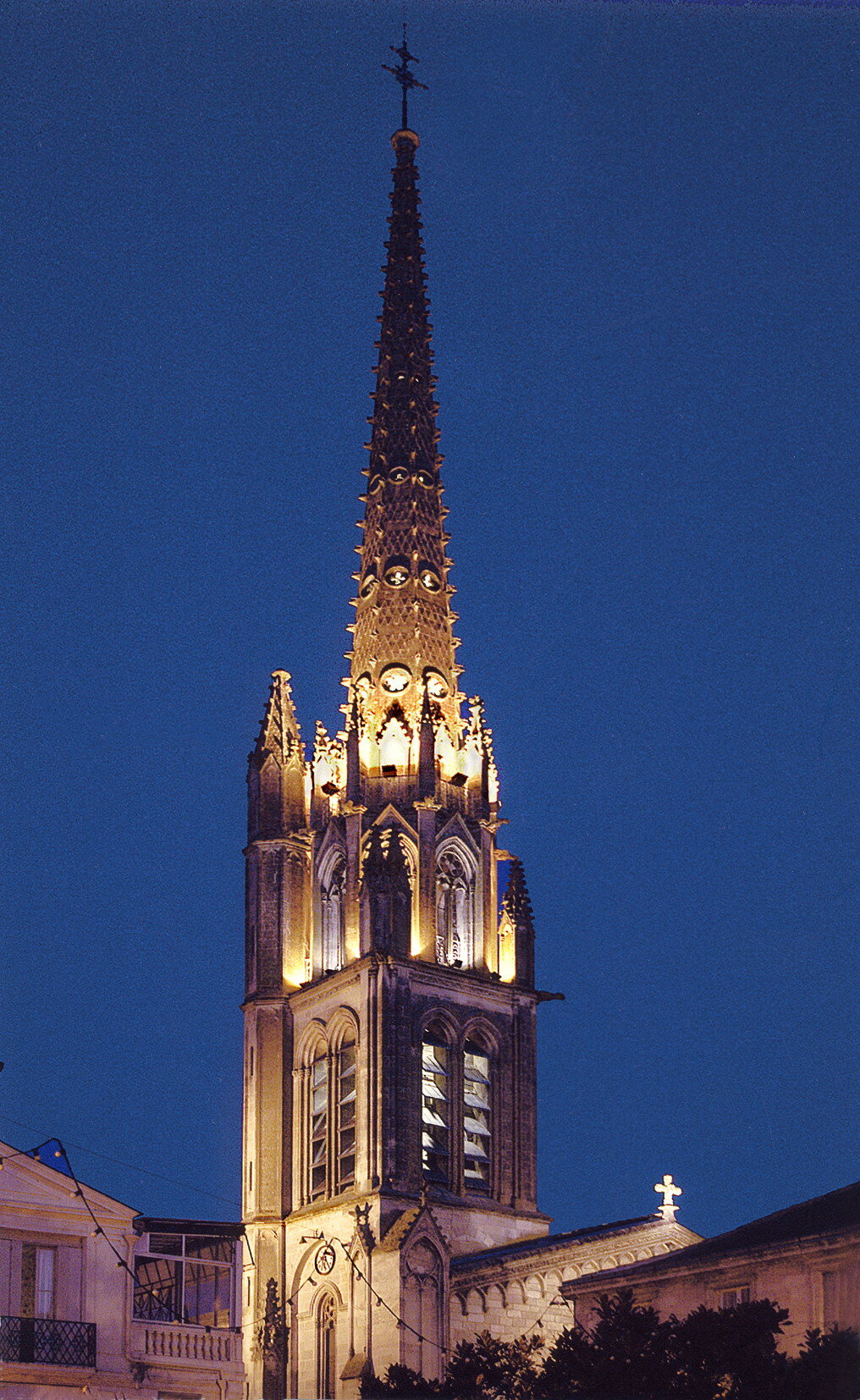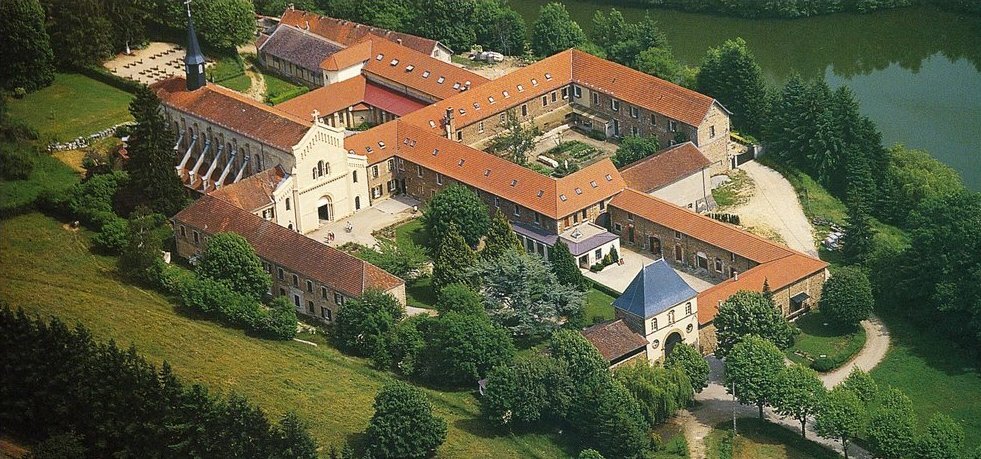
Abbey’s, Church’s, and Archeology
With so many Historical Monuments to explore, we’ve included a few links to help you plan your itinery.
Useful Links
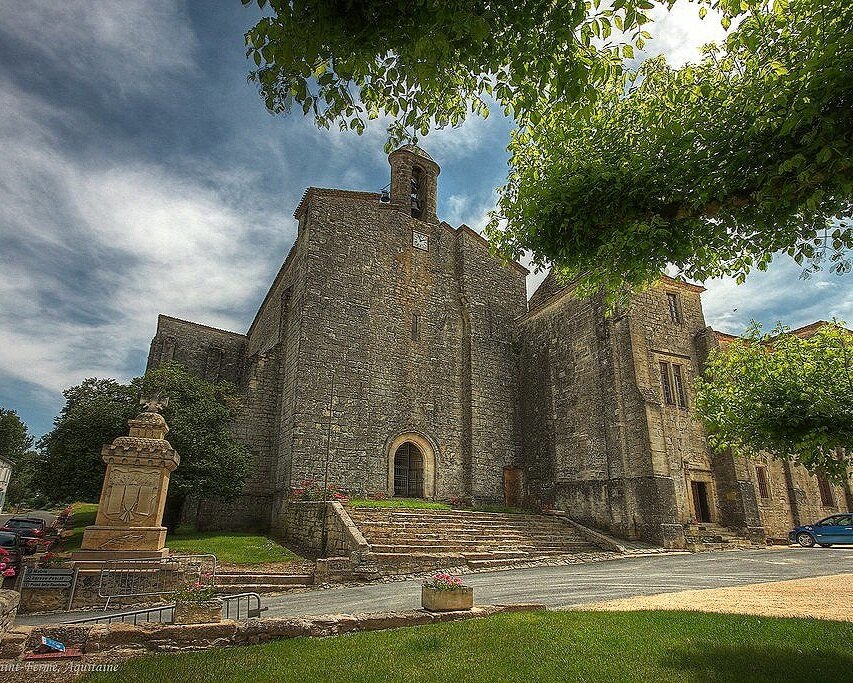

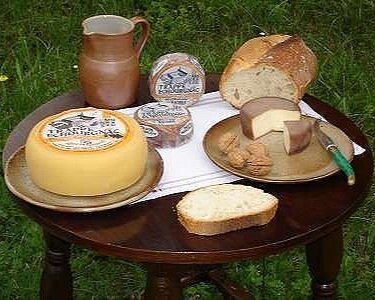

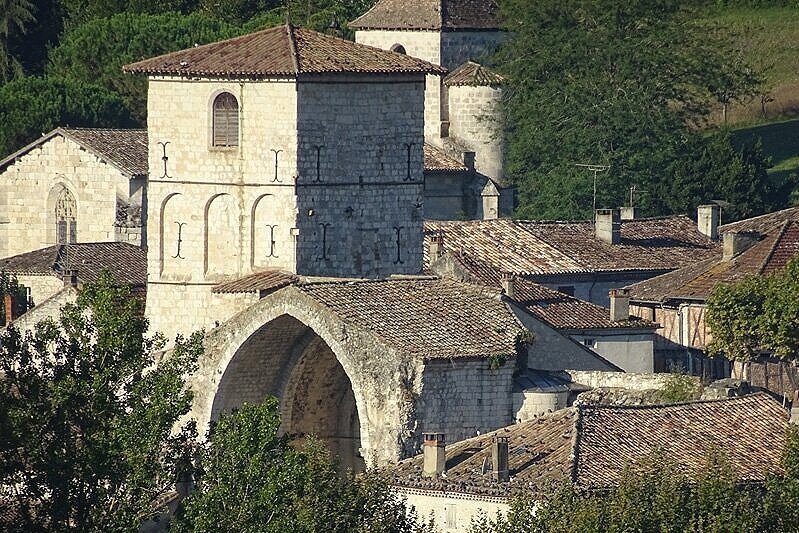
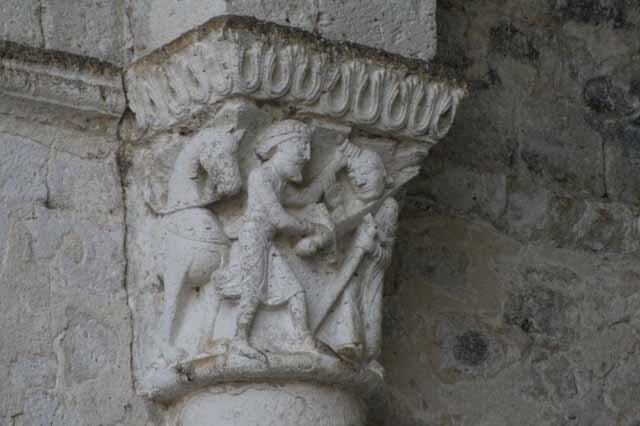
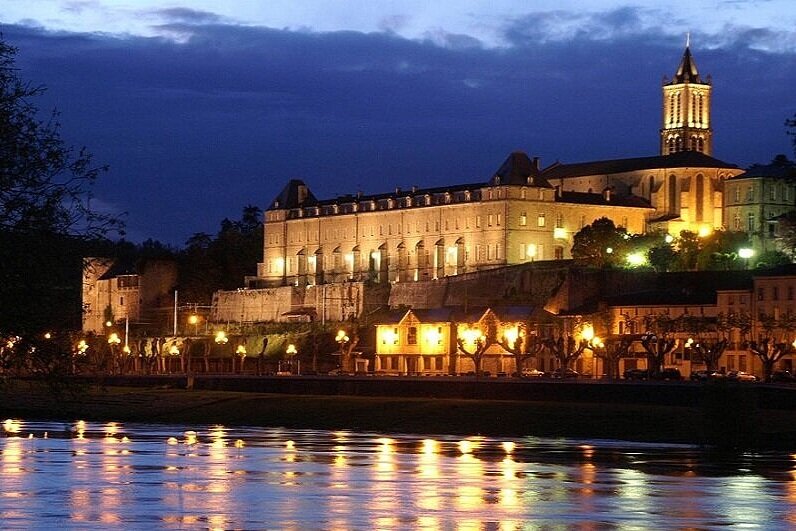
Abbey’s
In addition to the thousands of chateaux in this region of France, we have our share of Abbey’s with their own story to tell. Just ten minutes away is Abbaye de Saint-Ferme (Gironde). The imposing abbey, which dominates the old town, is one of the largest Benedictine establishments in Aquitaine. In 1080, the bishop of Bazas donated it to the monks of the abbey of Saint-Florent de Saumur. Its abbey church still preserves monumental evidence of the mid 12th century, and its vaulted chevet includes three tangent apses from the early 12th century. The transept with a regular crossing is topped by a domed vault, one of the first Gothic vaults in Gironde, from the second half of the 12th century.
The Abbey of the Trappe de Notre-Dame de Bonne-Espérance is located in the heart of the Double, in the commune of Echourgnac (Dordogne), one hour north of Labarthe. It was built in 1868 and displays classical architecture. For cheese lovers you may recognise the name “Trappe” as it is here at this Abbey that the regional walnut cheese is made, along with the famous Port Salut, both can be purchased from their boutique or on-line.
Heading south towards Bazas, Abbaye du Rivet dates back to the time of Charlemagne and the architecture bears witness to a monastic establishment from the Carolingian period. This monastery was affiliated to the Cistercian Order in 1189, by the Abbey of Ponteaux, itself of the Pontigny family. In the 13th century King Henry III Plantagenet of England undertook to protect it.
East of Agen, the Abbey of Saint Maurin dates from the end of the 11th century, following its affiliation to the abbey of Moissac and the Benedictine order. Ruined then restored several times during the Hundred Years' War. Today, one can still admire the choir of the old abbey church as well as two chapels, the cloister, the conventual buildings, the abbey castle and its gardens.
Occupying almost one hectare, Abbaye de La Reole - Prieure des Benedictins are a massive set of buildings dating form the 18th century. For more information see website
Other Abbey’s of interest are:
Abbaye de Cadmium - Dordogne
Abbaye la Sauve Majeure - Gironde
Abbaye de Blasimon - Gironde
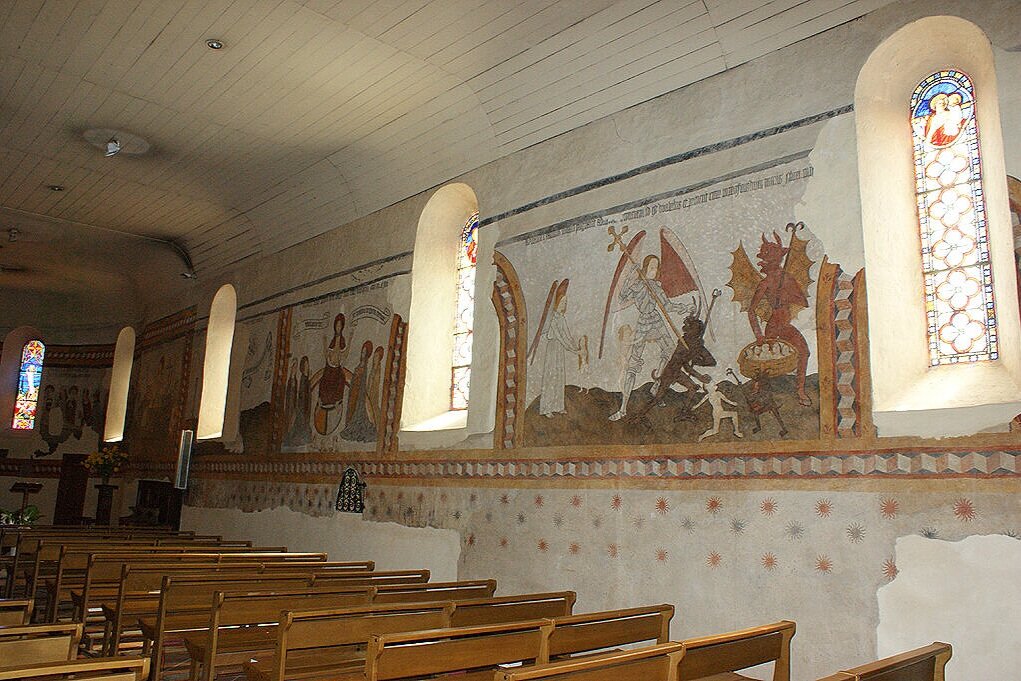
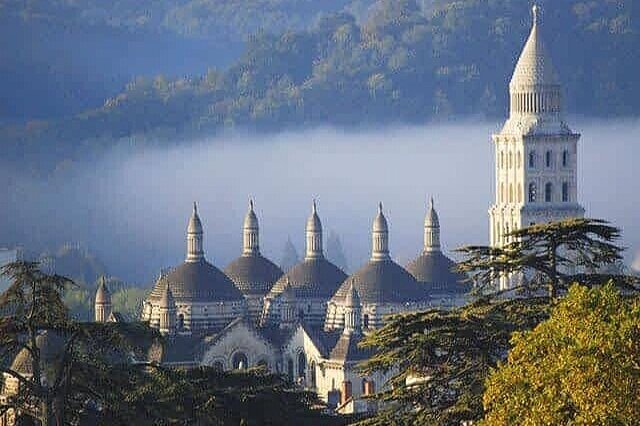

Churches
A few kilometers away the small village of Allemans-du-dropt is the first stop of this Romanesque (ish) road trip. Eglise Saint-Eutrope dates back to the 10th century, but like many, there have been many changes and additions over the years. The reason for visiting this church is to see its frescoes which date back to the 15th century. They feature the Last Supper, Crucifixion, and the Last Judgement.
Heading 20 mins north to Ste Foy La Grande, L’eglise Notre-Dame is situated at one corner of the bastide square, and was built in the 13th century. The church was partially destroyed by Protestants in the 16th century, and what remains today are the façade, the porch, the tribune and the chapel of the baptismal font. The stained-glass windows are the work of Etienne Thibaud de Clermont-Ferrand (1810-1896).
Further north in the heart of Perigueux, Cathedral Saint-Front is a Romanesque Byzantine style building, with its slightly odd domed roofs featuring protruding pinnacles, and one that appears on many a tourist photo! Its bell tower rises to 62 metres and is the oldest bell tower in France and the only Byzantine style in the world. The site of this Cathedral has been home to a church since the 6th century but the existing building dates to the 12th century. It is located on the pilgrimage route to Santiago de Compostela and has World Heritage listing status.
Travelling South to the Agen, the capital of Lot et Garonne, Cathedral Saint Caprais was built in the 12th Century and listed as an historic monument in 1863, and listed a UNESCO Heritage site under the Ways of Saint Jacques de Compostela. Inside, frescoes by Toulouse painter Jean-Louis Bezard (1845-1869) depict scenes from the Old and New Testament.
And finally, Bazas – 40 minutes from Labarthe – is home to the magnificent Cathedral Saint-Jean-Baptiste de Bazas and national monument. Gothic in style the cathedral dominates the town, and dates back to the 13th-14th. Bazas was the seat of the Bishop of Bazas until the French Revolution and its main attraction is still the cathedral dedicated to Saint John the Baptist, so named because the blood of John the Baptist was venerated here.
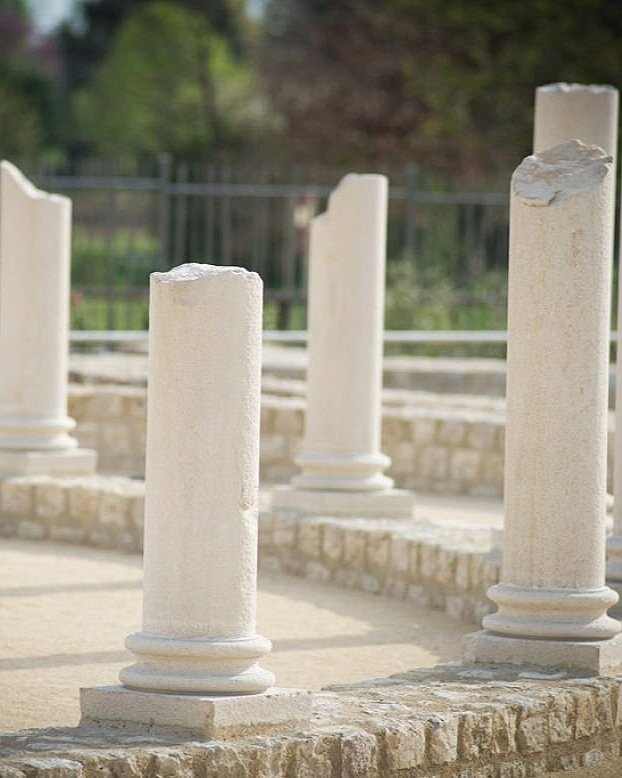
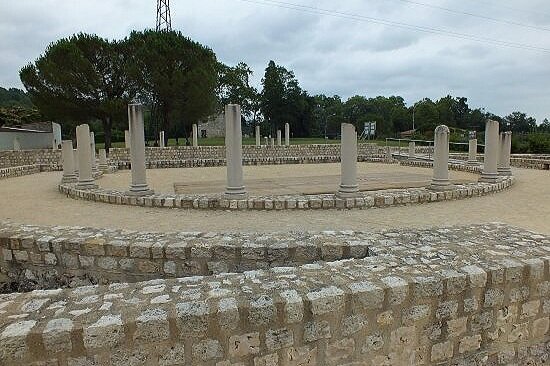
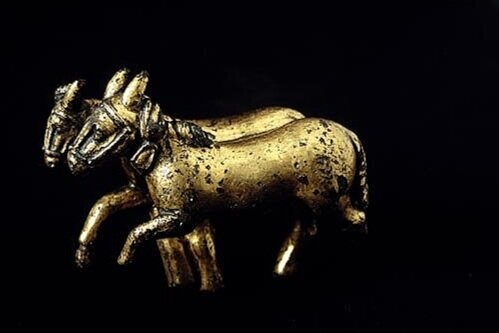
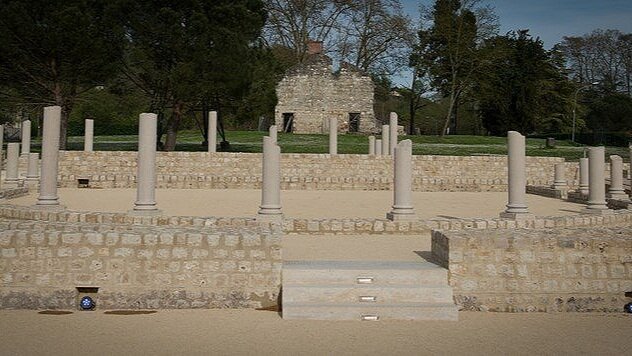
Archeology
At Villascopia you can travel to the heart of Gallo-Roman life and discover the largest private thermal space (970 square meters) ever discovered in Aquitaine. The tour takes you from room to room to show in a concrete way the life of a local high dignitary in one of the most intimate aspects of "the bath" with frigidarium (cold room), tepidarium (warm room) and caldarium (hot room).
The museum of archeology in Villeneuve sur lot has a great collection from the Gallo-Roman period. An entire room is devoted to the remains unearthed on the site of the sanctuary: ceramics, coins, statuettes and amphorae, crafts and daily life. Another room is reserved for the Benedictine Abbey of Eysses, the creation of the bastide of Villeneuve-sur-Lot and daily life in the Middle Ages. A gallery is reserved for the life of the villeneuvois in the 19-20th centuries.
Just 20 minutes from Labarthe in the heart of the Garonne Valley, the André Larroderie archaeological museum, welcomes you to Sainte-Bazeille. Named after a man from Bazeille who devoted his life to studying the past of his town and of the Marmandais region, this museum retraces 2000 years of history of this part of the Lot-et-Garonne, from prehistory to the Middle Ages, including the Gallo-Roman period. More than 700 objects are presented in a permanent exhibition; ancient coins, weapons, Gallo-Roman ceramics, jewelry and other ornaments take you back in time.
Other sites to visit include:
Vesunna Gallo-Roman Museum of Périgueux, a site-museum exhibiting Roman origins of Périgueux on the remains of a large Gallo-Roman residence. From the mezzanines, a spectacular view opens onto the remains and the surrounding park. Walkways offer a visit as close as possible to the archaeological site
The archaeological site of Montcaret is 5km from the Chateau of Montaigne. It was in the early 20th century that the site was cleared, revealing remains a vast Gallo-Roman villa with exceptional mosaic pavements.
http://www.archeo-marmandais.fr/
https://www.amisdegajac.com/

